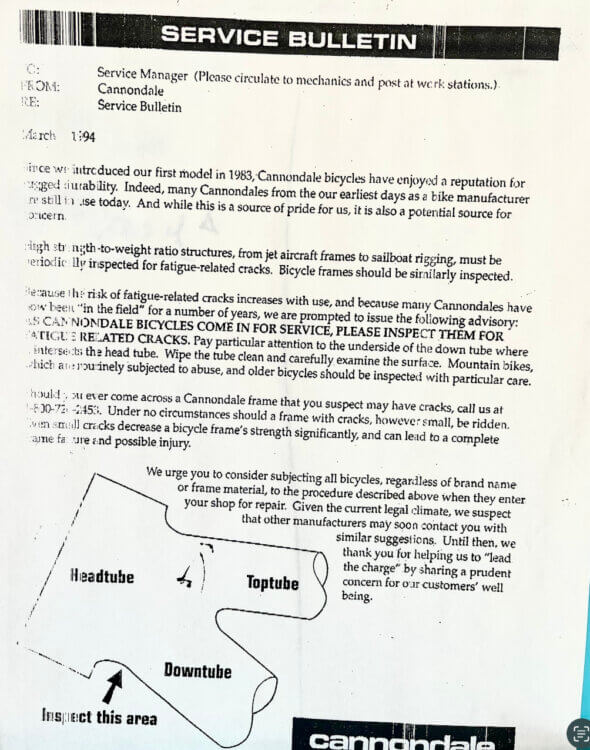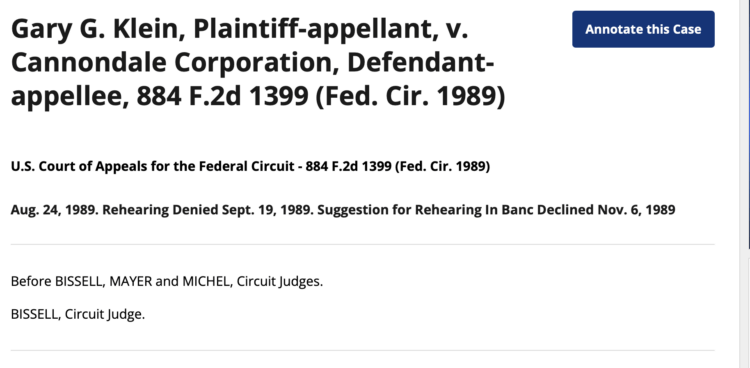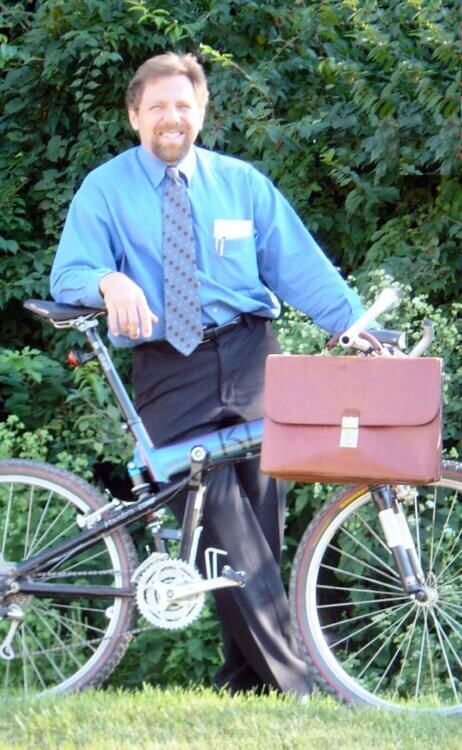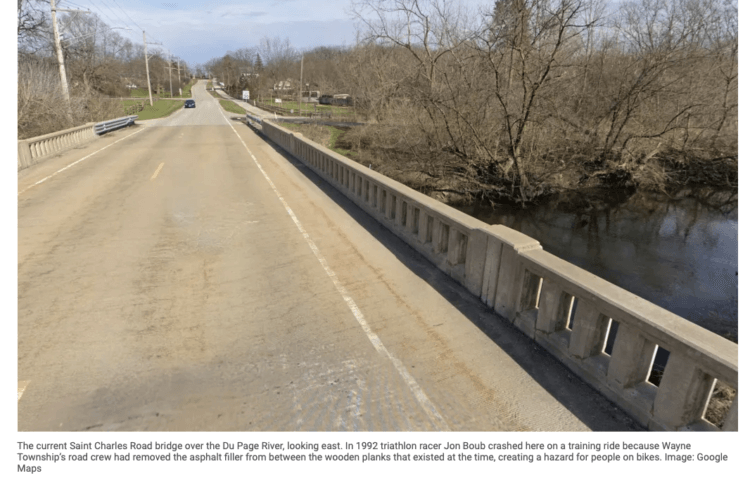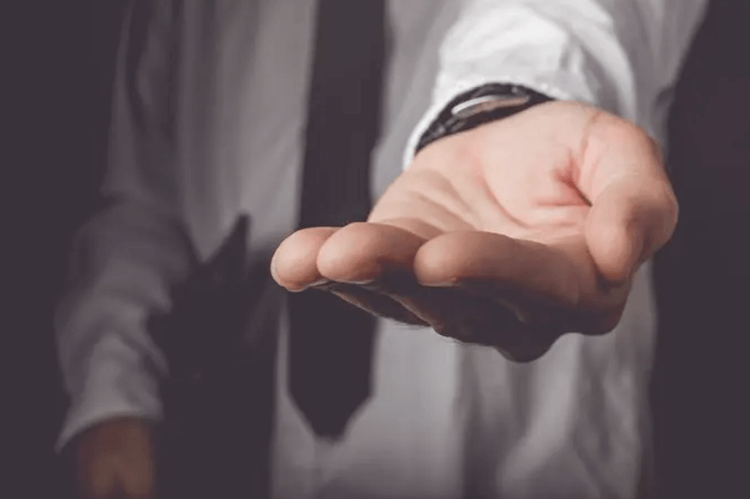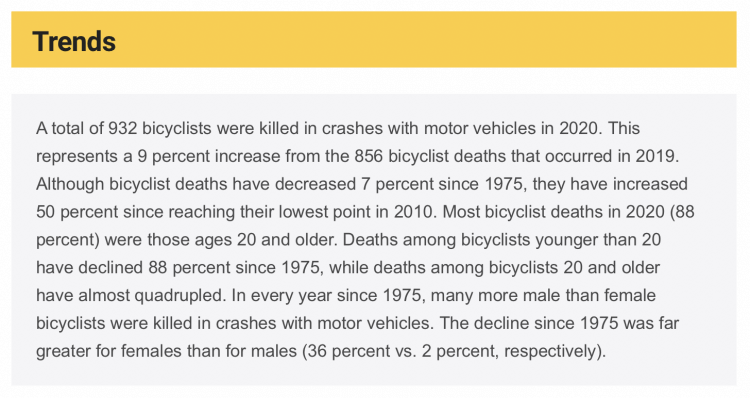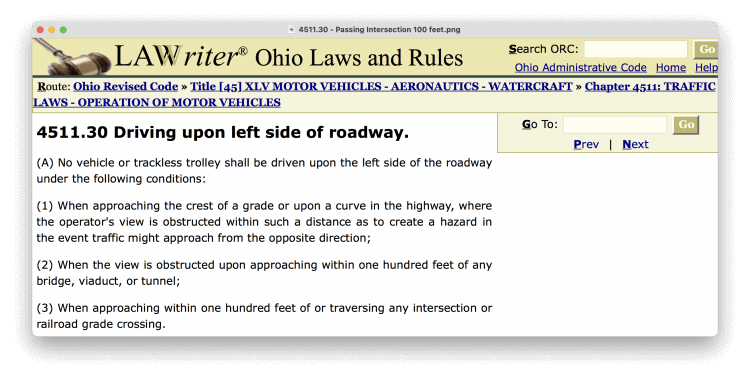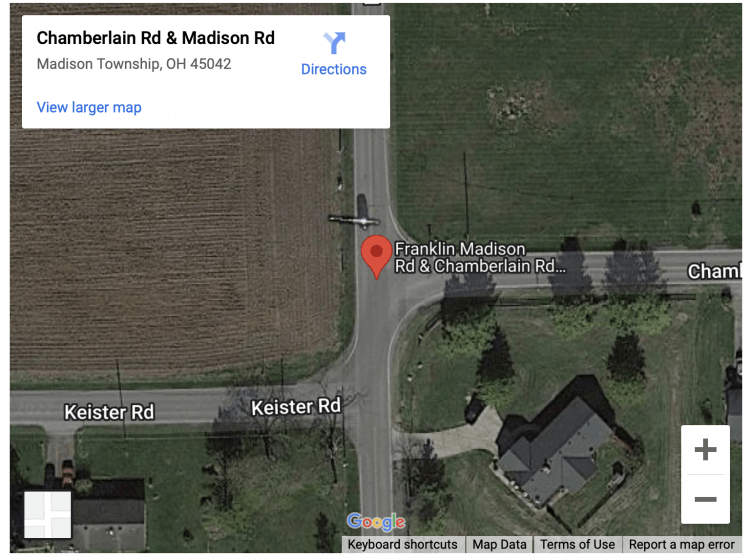On a Facebook post, someone complained about the legal system:
“The American legal system does suck as anyone who has dealt with it will know. Common sense doesn’t apply, and usually the lawyers are the only ones that make the money. They may know that they have no case, but they can hold out and try to get a partial settlement as it may be less than a lengthy court battle. And let’s face it, the insurance companies aren’t the best either as their contracts are written by lawyers to prevent them from having to pay.”
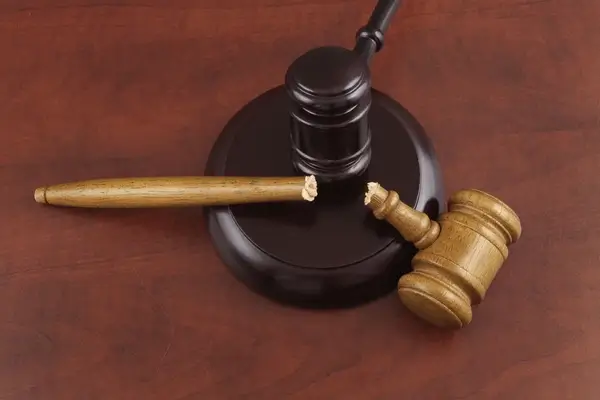
I thought that was a tad wee bit harsh and did not display a full understanding of “the legal system” and responded…
Having been in the “American legal system” for 40 yrs I would disagree. “Sucks” in what way?
Most people who say things about “the legal system” are thinking about the Criminal Justice system. That’s the part that’s in the news all the time. People think “it’s not fair” or “rich people can get out of trouble” or whatever… Most comments along these lines are derived from the speaker’s experience with one case, or anecdotal experiences with others complaining about “the legal system” and are not based on actually working IN the system.
The Criminal system is very different than the Civil court system. In the criminal system people are fighting for their freedom. Civil cases are mostly about money – damages… breach of contract – personal injury – defamation – wrongful death…
THE CIVIL SYSTEM
The “legal system” that I work in – the Civil system – has two very separate lanes – “Litigation” or not. Litigation means a lawsuit is filed and a civil case proceeds towards a trial. You sue someone. They get a lawyer to fight back. There is a judge who sets deadlines & schedules. Depositions are taken. Experts are retained. Eventually you try to resolve the case in Mediation and, if not, you spend a LOT of money on Trial Expenses and you present the case to a judge or jury. You get a result. There may be an appeal, and another. The case comes to end when that is done and you “win” or you don’t.
WHEN IS A “WIN” A “LOSS” IN COURT?
Even a litigation “win” can be a big time “loss” though. When I was defending cases for an insurer I had a case that went to trial in which I represented a semi-truck operator/company. The driver arguably went through a red light at a large intersection. This happened at midnight. A lady whose light turned green drove off and drove into the side of the semi passing in front of her. She had 5 surgeries… neck, shoulder, back, arm, leg… her attorneys wanted a million bucks and did not budge below that. We offered $350,000… so we went to trial.

During the course of litigation I read through 100s and 100s of pages of medical records. In her hospital chart from shortly after her admission it noted an ETOH level…i.e., she had some alcohol in her system. Consulting an expert he interpreted the test result, which was taken some hours after the crash. No police officer had suspected alcohol at the scene. No testing was done. No ticket was issued. Rather, this was a number on one page of test results out of thousands…
Our expert then did some analysis using the “Widmark Formula”- a formula that is designed to go back in time and determine a person’s Blood Alcohol Content hours before the test… he testified that she was at a 0.07% BAC at the time of the crash. At that point in Ohio, the “legal limit” was 0.10%… today it is 0.08%… so her level was a bit below the legal limit … however, our expert opined, based on her testimony about when she STOPPED drinking, that she had peaked at a very high level, around 0.24, earlier in the evening and had come down to the 0.07% at midnight, the time of the crash. To get to these numbers she would have had around 8 shots of liquor during the fairly brief time she said she was drinking, much earlier in the evening.
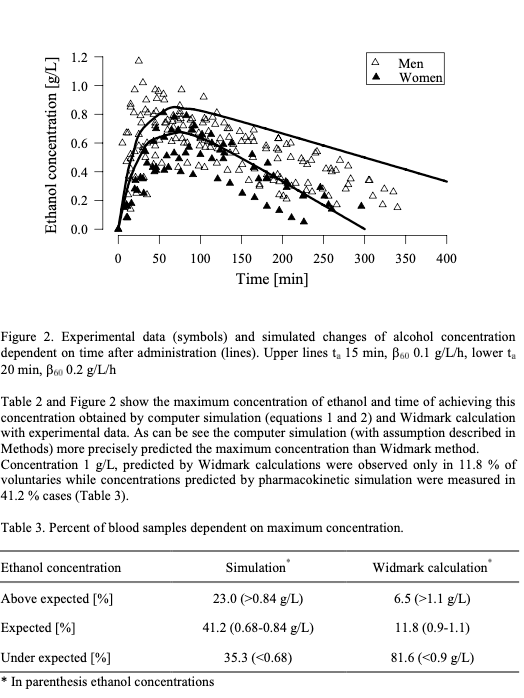
Was she “impaired” at the time of the crash and did that impairment cause her to maybe NOT SEE the giant semi passing in front of her? These facts go to the two key issues in the case – Negligence and Causation – We were arguing not that our guy was a saint but that there was negligence on both sides of the courtroom. Our expert testified that he believed she was likely impaired at midnight, with a 0.07% BAC, because she had been so highly intoxicated earlier and was still coming down from that.
The plaintiff’s expert got on the stand and tried to say that 0.07% BAC was below the legal limit and that she was likely not impaired…
In one of those truly LUCKY courtroom moments I decided to ask him a question that popped into my head as I was cross-examining him – when I did NOT know what he was going to say:
“Sir, let me suggest to you that you are sitting at home around midnight on a Saturday night and the phone rings. This lady calls you to say – “I’ve been drinking – I had around 8 shots earlier but stopped and I think my BAC is about 0.07% now. Should I drive home or call a cab?” What would you tell her? “
He said the magic words: “Call a cab“
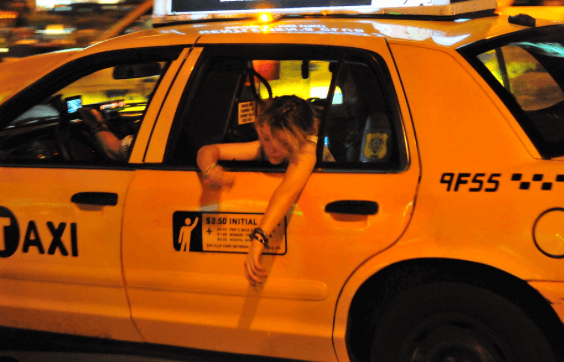
During closing I brought in a bunch of shot glasses and lined them up on the jury box. I hammered the alcohol issue. The jury assigned 45% fault to her and 55% to our client. Under Ohio law that means she “wins” the case, but her damages award is cut by 45%. She was lucky, if the jury had assigned 51% to her, as I had argued, she would have been blanked – ZERO Verdict under Ohio law.

However, when the jury awarded damages, they gave her a total of $600,000.00!
However, under Ohio law, the damages were reduced by her level of fault. So the $600,000 verdict resulted in a total damage award of $330,000.00 when reduced by her 45% of fault.
Remember- the insurer had offered $350,000. So even though the jury awarded $600,000, the verdict was a WIN for the insurer. The plaintiff “won” $330,000 but left $20,000 on the table and also had to spend the Trial Money – paying all the experts to testify… probably $15-20,000 in a case like that.
I doubt that Plaintiff’s counsel in that case had ANY awareness that alcohol was an issue when he took the case. They seemed very surprised when we brought it up since the police had put nothing along those lines in the report. When I got the case the adjustor didn’t say anything to me about alcohol. I just happened on the ETOH finding when reviewing page after page after page of medical records and blood test results…
The plaintiff probably didn’t volunteer that she was doing shots at the bar before she drove off that night… it seemed like a slam dunk to plaintiff’s counsel, I’m sure – semi ran a red light – big crash – 5 surgeries- give us a million bucks… Not So Fast buddy…
NON-LITIGATION – PRE-SUIT PATH
Most cases do NOT go to trial. In our office, only 10-15% of our files even end up in “litigation” and most of those resolve. In fact, most of our cases, 80-85%, get resolved before anyone files a lawsuit.
As a young lawyer I was not as good as I am now at “Picking the Winners on Day 1.” Over the course of handling 1000s of injury and death cases, and some 500+ “Bike” crash cases I have developed my Day 1 Pick Em chops. There is a LOT going on inside the lawyer’s head during that first meeting…
1st Meeting/Client Contact
When a new case is brought to the office you often have to make a decision on the basis of a phone call or brief meeting – are you going to take the case – is it a “good” case – or are you going to tell them to look elsewhere? You don’t want to give up a big case, but you also don’t want to spend years working on loser.
You think about a lot of things in a first meeting with a potential client- Are you going to be able to work with the client? Are there facts that hurt the case? Can you LOSE the case? What are the facts surrounding what happened and why? What are the facts surrounding the damages? Are there legal issues? Potential defenses? Factual issues – disputes about what happened? How badly hurt was the potential client – are there sufficient damages to justify the amount of legal time it will take to move the case forward? Who are the potential parties on the other side?Is there a party on the other side from whom you can actually GET PAID? Is there insurance? How much? Can you find out? [In Ohio, probably NOT because they don’t have to tell you.] In an Auto or Bike crash case, does the CLIENT have coverage that can come into play? Uninsured motorist coverage? Medical Payments coverage? Does the client have an Umbrella – would the Umbrella apply to this scenario? What is the likelihood that you will need to litigate the case to get a good result?
All of these factors, and more, are in my brain on Day 1/Minute 1 of Meeting 1 or Phone Call 1.
You do some quick analysis based on 40 yrs of experience… Client seems nice – seems like they’re hurt pretty bad – sounds like the other side is at fault – client has good insurance – other side? Don’t know but they’re driving a nice newer car, so likely SOME type of half-way decent coverage… and you either take the case or turn it down or explain that you’d like to do some additional digging…
Occasionally I’ll take “project” cases – cases that are missing some element – usually damages – but which present some interesting legal issues. Cyclist gets a ticket for not riding “far enough to the right?” Smaller injury but the insurer simply denies a good claim. I may elect to handle that case to try to help set up some good law or help someone get a fair settlement. Can’t do that TOO often or else WE don’t eat! HA! I’m in the court of appeals right now on a pro bono AFRAP case… hopefully we don’t set some BAD law! Ha… [More on that case in another post.]
Because I’m a solo/virtual lawyer I do not carry the “4th Street Office” overhead of a firm downtown. For that reason every once in a while I take smaller damage cases because I can handle them efficiently and get them done without a ton of legal time. Cases which SHOULD be easy for the client to resolve but the insurer doesn’t want to play ball. I can often get those cases done, make a few bucks, and make the client happy…
THE CLIENT IS THE KEY TO THE CASE
Taking a case on Day 1 means looking at ALL of these issues- asking tough questions of your potential clients – “Googling” them and looking at their Facebook and social media posts – sometimes having a private investigator dig into their past. I learned THAT lesson the hard way in another case – many years ago- discussed below.
Today, I also evaluate every client on Day 1 – when I know nothing about them – because that it what a jury would do – I try to be in touch with my Feelings and honestly assess the client… How would this person come across to a judge or jury? Do they anger easily? Can they tell the story effectively without exaggeration or seeming like they’re reaching for more than they’re entitled to? Do they come across as hard working and hopeful or sad and whiny?
Thankfully virtually ALL of my bike clients are GREAT FOLKS… they work hard- they love riding- they KNOW the law and how to ride- They get hurt but work hard to get better. They don’t whine or complain. They just bust their butt to get their butt back on the bike…these types of folks make excellent clients…
In my old case, long before everything was online – before there WAS an “online” – I represented a woman who was driving along & got rear-ended by a huge garbage truck. She had soft tissue neck/back issues. It was a low impact smack – not a lot of damage to the car despite the huge truck. Today these are called “MIST” cases by the insurance industry – “Minimal Impact/Soft Tissue.” Insurers don’t offer much on MIST cases… In my case they refused to pay anything. I was surprised by the aggressive approach… I mean, she got REAR-ENDED so we were going to WIN on liability … and she seemed to have some pain and a soft tissue injury… I didn’t get the insurer’s reluctance to pay. So we worked the case up for trial.
My client’s deposition was scheduled & defense counsel walked in with a VERY thick folder…

“What’s that?” I asked…naively, as only a green young lawyer could ask…
“Oh that? That’s your client’s CRIMINAL FILE … and copies of ALL THE LETTERS SHE SENT THREATENING THE JUDGE…”
“oh… huh… how about that…”
Turns out she had been prosecuted, more than once, for theft and forgery relative to prescriptions, among other things… had done time in prison… multiple felony convictions… [Young lawyer learns big lesson- do a background check on your client – ASK THEM about their criminal history, if any].
While her criminal history was not “relevant” to whether she got hurt when her car was rear-ended by the guy driving the garbage truck, it WAS relevant on the issue of truthfulness and such… the Evidence Rules allow felonies, particularly “…evidence that any witness, including an accused, has been convicted of a crime…” to be heard by a jury, “… if the crime involved dishonesty or false statement…” You can’t get much more “dishonest” or “false statement” than forgery…
Tried the case to verdict. Jury didn’t like my client – thought she was exaggerating what they felt were her minimal injuries. It cost $2,000 to take my client’s doctor’s deposition so that he could say she had soft tissue neck and back injuries. Jury awarded…dingdingding… $2,000… Ouch…definitely NOT a “Win” for me or the client despite “winning” the case…
Every case that goes to trial leaves me with lessons – how to be a better lawyer – how to communicate more effectively… with the client … with the judge – opposing counsel… with the jury.
Today, I go over ALL possible avenues of impeachment with the client very early. Attorney/client communications are confidential and clients are encouraged to be completely HONEST with their lawyers… if I have ANY doubts, we do a full background check… Google can certainly be your friend here…
Once the case is taken in, we start the claim process, gather the records and bills and begin putting the case together for the insurance company. We submit a fully documented demand package along with a lengthy demand letter that analyzes all aspects of the claim.
We settle 80-85% of our cases without litigation.
DEALING WITH INSURANCE COMPANIES
The “Legal System” for cases in MY world involves either A/ Trying to get an Insurance Company to pay or B/ Filing a lawsuit & working the case up for possible Trial.
The court system is what it is – it has rules… and limitations – if you aren’t a lawyer you are not going to know what to do and it’ll be impossible for you to get a good result- court cases have highly trained advocates for each side to make their case – a judge or jury makes a decision based on the evidence the attorneys present. It’s a very sluggish, time consuming, hurry-up-and-wait, expensive system. It takes a LONG time to get through it. THAT is the system- I’m not sure there’s a better one anywhere in the world. Usually the jury does the right thing, but sometimes it seems they don’t. This is why I usually counsel most people to AVOID the court system.
If you are in the Court system then I tell folks to take off your wristwatch and strap a calendar to your wrist b/c everybody gets 30-60 days to do everything. A civil case filed in Jan 2024 will get a trial date in mid 2025. Why? Because there are 100s of cases on each judge’s docket, each vying for trial time ranging from a couple days to several weeks so each judge is VERY busy – and, because it takes a long time to get a case ripe for trial, that trial time will be a year or more from the date the case is filed. Even though MOST cases don’t GO to trial and resolve before trial, you have to have them scheduled. Many judges stack 2 or 3 cases on top of each other each day, knowing that most will resolve before the parties show up for trial.
I’m involved in Civil, not criminal cases – so cases for money – We resolve 80-85% of all cases before we have to FILE a lawsuit. Usually the deadline for filing a lawsuit in Ohio is 2 years from the date of injury/death, sometimes 1 year usually 2. We settle MOST within that 2 year period. Sometimes we HAVE to file suit because the client isn’t recovered. Of the cases that go into litigation, 90-95+% of our cases settle before anyone walks into court. Some settle DURING trial. Every once in a while one goes all the way to verdict.
If I do a good job at picking the winners on Day 1 when we take in a new case [and after 40 years of learning I’m VERY good at it today], then I can usually get that case resolved fairly with an insurer who’s not an unreasonable human being, without anyone going to court and within a reasonable time.
INSURANCE COMPANIES…SUCK
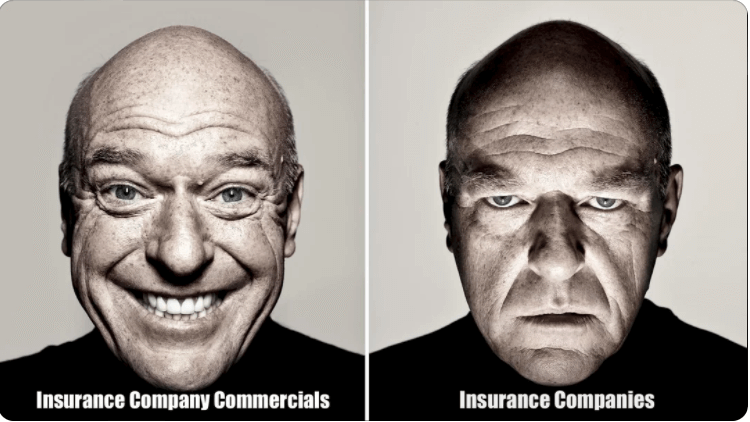
My cases involve injuries or death … and insurance. I wish INSURANCE COMPANIES didn’t SUCK. I wish insurance companies paid fair value for valid claims without the need to effective advocacy on our part.
But they don’t.
Insurers today seem to employ the 3D business model – Delay Deny Defend.
Insurance companies try to push you around – make ridiculous arguments about how it’s YOUR fault that you got hurt when any reasonable person would see through the BS. In any claim of any magnitude the insurer is trying to limit what it has to pay – to pay less than you want. They’ll fight you tooth and nail – ESPECIALLY in any Bike Case. Why?
In a typical BIKE case the insurance adjustor may be completely in the dark on The Law of Riding a Bike. An adjustor may have a book of 400-500+ CAR crash claims they are working on… and then they get a “Bike” case every now and then. They MIGHT read the law – read up on the AFRAP statute or other Bike Laws for the 1st time when they get your case and then spit it at you to tell you that your client screwed up and it’s not the insured’s fault and they’re not paying. [We call that the WAP defense “We Ain’t Paying”]
If there is ANY sliver of an argument an insurer has that MIGHT in some universe allow them to win or cut down your damages they will take it and run with it…every…single… time…
Part of what I bring to the table in these Bike cases is that I know Bike Law – I helped WRITE the Bike Laws – I’ve handled 500 or so Bike cases – I’ve litigated them to trial and appeal. I’ve researched them. I’ve written about the law. I lecture lawyers and judges about The Law of Riding a Bike in the Continuing Legal Education classes that I teach. They can’t make up some BS argument based on a single line in a statute and push me around.
Another part of what we bring to the table is that we can try cases and have a history of trying cases. I’ve tried cases in many different counties throughout Ohio. I have cases percolating right now in about a dozen different counties… from Toledo to Cleveland to Columbus to Cincinnati. We get around and get to know courts and juries throughout the state.
So yes, insurance companies suck… they can be Evil… and often it takes some good lawyering to get them to do what they are legally REQUIRED to do… Pay The Claim…
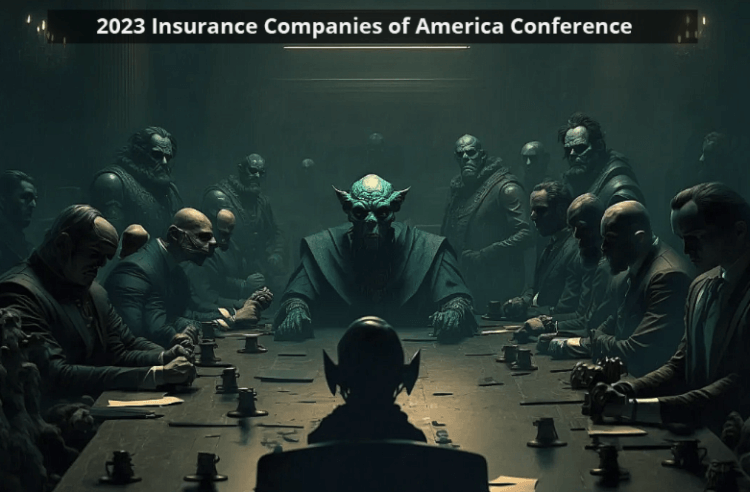
THE “SHAKE DOWN” ANECDOTES
This idea that lawyers take stupid cases with no legal merit just to shake money out of folks is … folklore.
Lawyers who take those cases are typically not getting paid by the hour- they only get paid if they get results. MOST lawyers cannot afford to take stupid cases because the lawyer will waste her/his time & not get paid. Most of the cases you hear about have SOME legal merit – or else they would get tossed out by the judge before anyone went to trial.
In my world it’s Eat What You Kill. Nobody’s handing me a paycheck every Friday. If I don’t take good cases on Day 1, work them hard on Days 1-300, then get them settled and bring home the bacon on Day 500, then I don’t eat. If I take a stupid case hoping to some day shake money out of an insurance company on a case with no legal merit, I’ll be sitting there on Day 900 with a ZERO jury verdict [or a court decision dismissing the case b/c it has no merit] after spending 100s of hours of MY time and $1000’s of dollars of MY money… that’s NOT where most lawyers want to be…

The cases that are ridiculous to me are those that involve two VERY well financed parties who can afford to pay a team of lawyers $750+/hour to fight each other over some dumb legal issue – and who can afford to pay those lawyers to file motion after motion after motion – submitting briefs, making arguments, taking parts of the case up for appeal. In that case, the company might pay MILLIONS in hourly legal fees…and clog up the legal system for years.
OK, OK… rant over… I think I’ll go Ride My Bike!
Read the rest of this entry »

